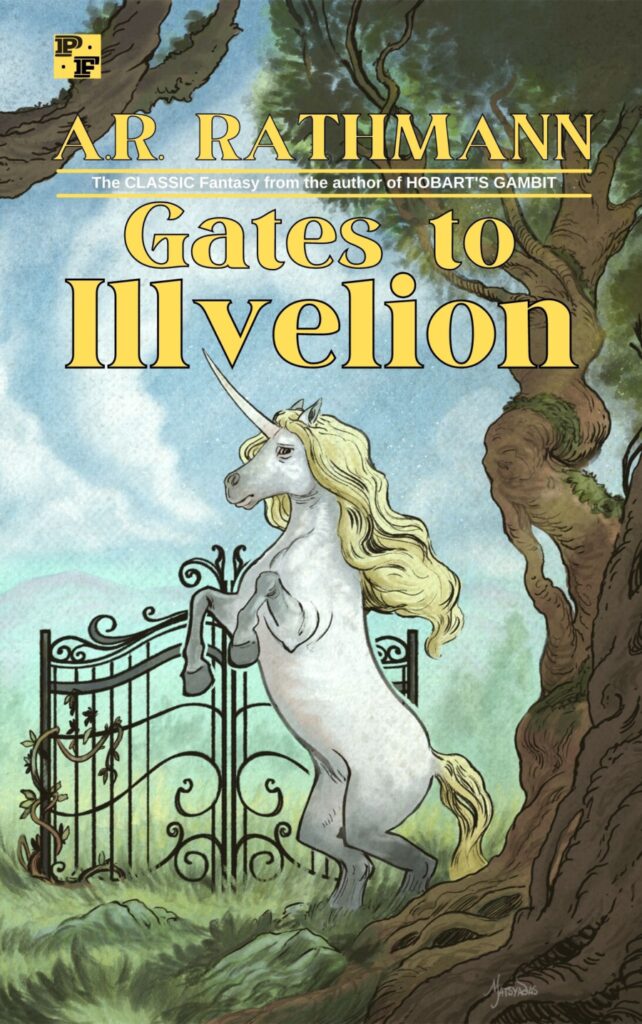I got this book from the library about a month ago. It’s due back soon, so I thought I’d make an effort to finish it before then.
I was supposed to read Vogler’s book for a screenwriting class way back in my freshman year of undergrad, but I never actually did. I was very much anti-Hero’s Journey at that time. I’m still not quite sure how I feel about the concept even now, but I thought I could use a bit of a refresher in story structure, and despite my ambivalence about the “Hero’s Journey” with a capital H, I’m interested in archetypes and symbols, and Vogler’s book offers some interest on that score. The archetype stuff is very general, but again, I felt like I need a refresher. Sometimes a re-acquaintance with ideas we already know is helpful; we might see something new in studying them again, or we might see how these ideas work differently within our new context.
Since I’m in the midst of writing a noir fantasy novel that’s leaning heavily on certain tropes and types (while at the same time trying to put my own spin on them… the same dance we’re all doing, basically), I’ve enjoyed reading through Vogler’s descriptions of types like the Shadow, the Shapeshifter, and the Trickster. My main character Grettir has been a bit of all three archetypes so far, and I’m curious why that is. What made me craft a hero who is all these other types at various times? What’s happening under the surface in my imagination that I’m trying to explore?
I can definitely see how my other characters might fit into these frameworks too, and already I’m getting ideas for how I might lean into these archetypes a bit more.
What I like about Vogler’s approach is that he doesn’t prescribe how we should use these archetypes or structures. He’s quick to point out ways in which great stories often subvert or subtly shift these elements to fit the story that’s being told. These are frameworks not prescriptions or dictates. I like that element of freedom, recognizing that every story will be shaped by the teller and the needs of the tale.
The other thing I like about the book is a bit towards the end where Vogler compares the artist’s process of writing and creating to the hero’s journey (hence the title: The Writer’s Journey). What are my Shadows? Who are the Tricksters on my journey?
These questions are not simply cute metaphor. At least for me, they enliven the creative process, showing how this journey into imagination and storytelling is a transformative experience for the writer (and hopefully for the reader too). Not that every story needs to be “important.” In fact, it’s not about the finished story at all because that way leads to writer’s block and frustration.
Instead, the “writer’s journey” framework helps me see that what I’m doing isn’t pointless or stupid. No matter how my stories “turn out,” the act of creating them is what’s important. It’s a journey, after all. The emphasis is on the journey itself and not the finished product. It’s about the writer and her transformation as she goes on this journey.
In some ways, this is what I love about telling stories and writing in general. It’s about what it does to ME. Yes, I hope for the audience to have a good time and get something out of it, but that part is out of my control in the grand scheme. I can write to the best of my ability and hope the audience responds, but I can’t make them have a good time. I can only try.
But for myself, the writer, I do have control. By putting words on a page, I am embarking on my own journey. I’m telling myself the story. I get to face the ups and downs of the adventure, both in the tale I’m telling and in my experience of writing that tale. The act of writing is the journey. I will face Shadows and Threshold Guardians, find Mentors and Allies, and ultimately, if I finish the story, I will face the Ordeal of Critical Voice, defeat it, and bring back the Elixir of Life.
(All these terms are covered in Vogler’s book as part of his analysis of the Hero’s Journey, particularly in films; he cribs a lot from Joseph Campbell.)
Anyway, this is what struck me as I read through as much of the book as I could before it had to go on its own journey, back through the return chute at the library.




